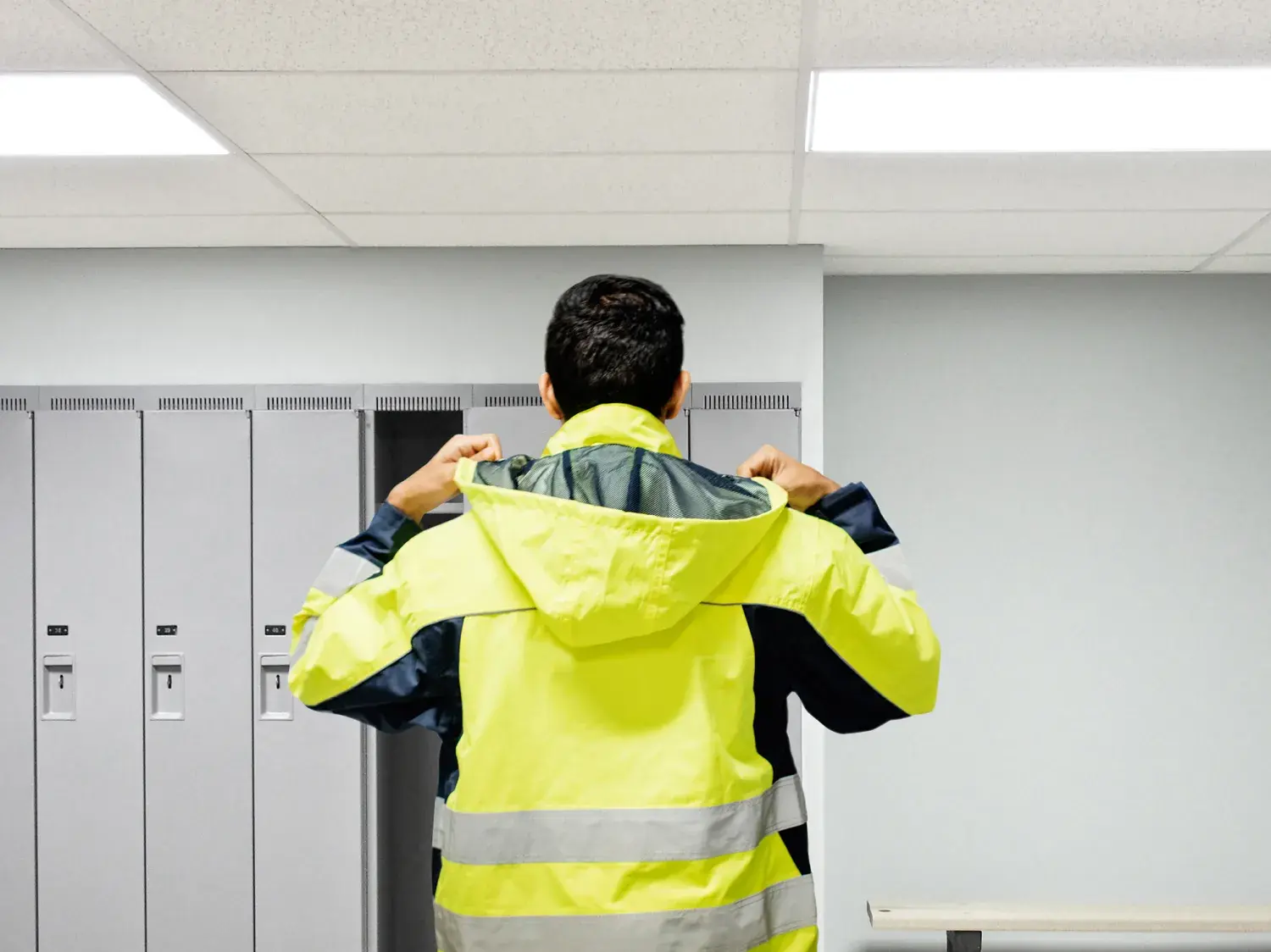CWS Workwear and CWS Healthcare present the “Emission Calculator” to show the environmental benefits of our circular service model in comparison to washing at home.
Use our Emission Calculator to check facts and figures:
Legal appendix
All published data is based on approximate values.
The CWS Healthcare service is currently only provided in Germany.
Know more about the difference
Laundry services offered by CWS Workwear and CWS Healthcare generates savings for the customers by reducing energy and water consumption, lowering detergent dosing per garment washed, and by reducing end-of-life emissions. The overall CO2 footprint is reduced by our laundry care processes.
Here are few of the data points we used:
- The average amount of workwear per wash load in private households is 4.5 items*
- Average home washing machine capacity is 6.5 kg*
- Average home washing electricity consumption per load is 6 kWh**
- Weighted average emissions/kWh of electricity from grid for CWS Workwear and CWS Healthcare operated countries is 0.39 kg CO2e
- Average water consumption per wash for a fully automatic front load washing machine is 60 L***
- Average detergent dosing per wash for a fully automatic front load washing machine is 90 g****
- In case of home washing, 51% people replace their workwear instead of repairing it when damaged*
- In case of CWS Workwear and CWS Healthcare services, textile waste comes from incineration, other outsorted garments are recycled/resold
- In case of CWS Workwear and CWS Healthcareservices, outsorted Protective Workwear/PPE garments are 100% recycled
Calculations for yearly savings are based on CWS Workwear and CWS Healthcare operational data, publicly available data from consumer companies, environmental databases and government institutions. All published data is based on approximate values.
* ETSA – GfK 2012 Report
** Electricity consumption per load
*** Water consumption per load
**** Detergent dosing
Product categories
Protective Workwear | PPE
Personal Protective Equipment (PPE) refers to protective clothing for employees. It is utilized to protect individuals from the risks of injury while minimizing exposure to chemical, biological, and physical hazards. Areas are, e.g., high-visibility, weather protection, welding etc.
Standard Workwear
Standard Workwear refers to clothing that is worn in the work environment and does not have to comply with protective workwear norms and regulations. The used garments are protecting the employees from basic risks they encounter when carrying out their work tasks. Areas are, e.g., crafts and industry (construction, automotive, metal etc.).
HACCP Workwear
HACCP Workwear refers to clothing for employees that need hygienic clothing for the standards in food production. The HACCP (Hazard Analysis Critical Control Points) concept is a hygiene monitoring system that regulates the safe handling of food – from production and processing, to packaging, storage, and sale. Areas are all stages of food production and food processing.
Service, retail, chef Workwear
Workwear refers to garments for employees in gastronomy, hotel business, catering and food retail.
Flat linen
Flat linen refers to all garments used for hospitals and hospitality, e.g., towel, bed sheets, curtains.
The CWS Healthcare service is currently only provided in Germany.
Healthcare Workwear
Healthcare Workwear refers to garments for staff in nursing homes, hospitals and other healthcare facilities.
The CWS Healthcare service is currently only provided in Germany.
Residential private laundry
Residential private laundry refers to customer-owned clothing that is washed and cared for in our service model.
The CWS Healthcare service is currently only provided in Germany.
